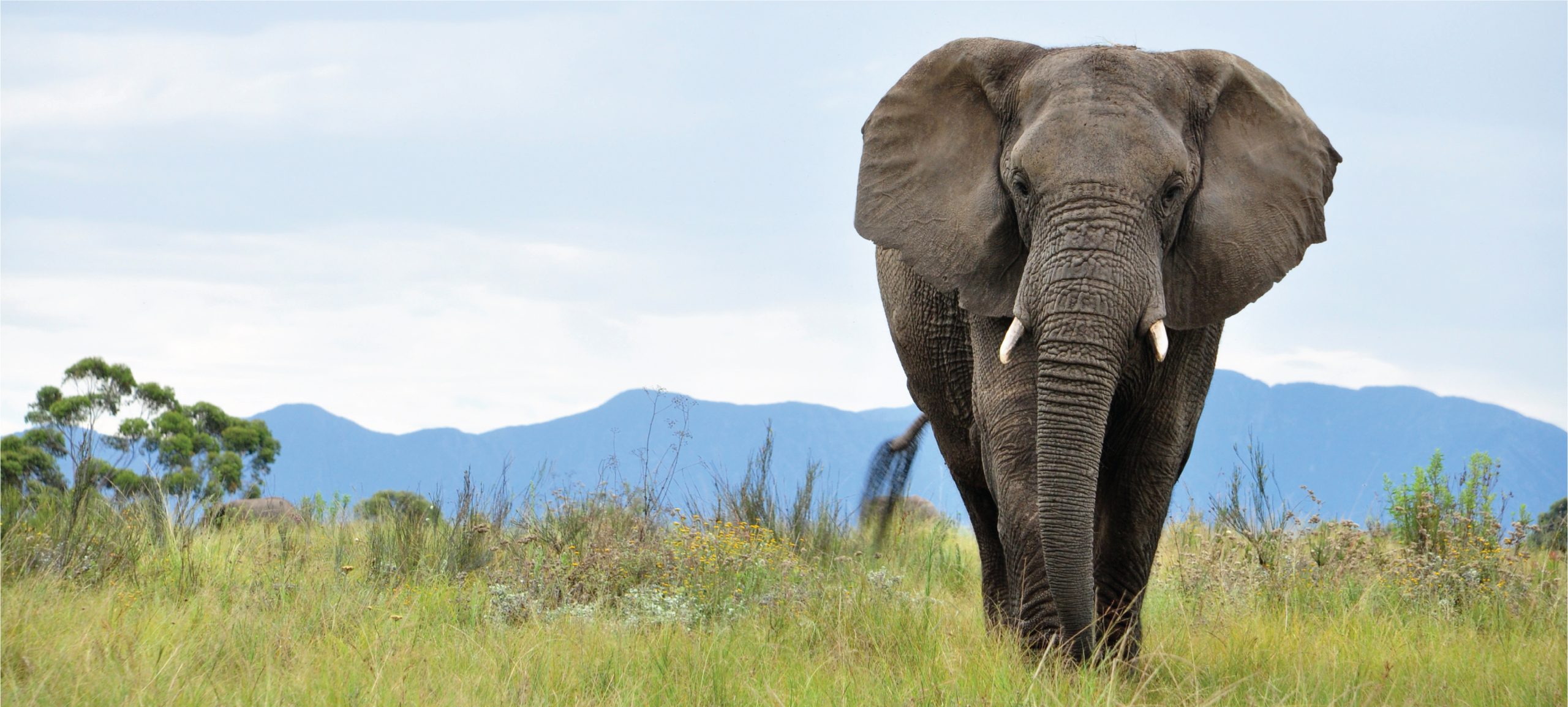-

Handley’s Short-tailed Opossum
Discover the intriguing world of Handley’s Short-tailed Opossum (Monodelphis handleyi), a small yet vital marsupial native to South America. With their distinctive short tails, agile bodies, and role as both predators and prey, these nocturnal creatures play a key part in maintaining ecological balance. Explore their unique behaviors, habitats, and the conservation challenges they face…
-

Orange-sided Opossum
Discover the captivating world of the Orange-sided Opossum, a remarkable marsupial renowned for its striking orange-tinted flanks and nocturnal lifestyle. This agile creature plays a vital ecological role through seed dispersal and pest control, thriving in diverse habitats from tropical rainforests to suburban areas. Learn about its unique adaptations, social behaviors, and conservation status in…
-

Gray Short-tailed Opossum
Discover the fascinating Gray Short-tailed Opossum (*Monodelphis domestica*), a small, nocturnal marsupial native to South America. With its distinctive gray fur, prehensile tail, and omnivorous diet, this unique creature plays a crucial role in its ecosystem. Learn about its behaviors, habitats, and adaptation strategies that highlight the remarkable diversity of marsupials and underscore the importance…
-

Emilie’s Short-tailed Opossum
Discover the enchanting Emilie’s Short-tailed Opossum (Monodelphis emiliae), a small nocturnal marsupial native to South America’s tropical rainforests. With its distinctive short tail and rich fur, this elusive creature plays a vital role in its ecosystem, aiding in insect control and seed dispersion. Learn about its fascinating behaviors, unique adaptations, and the conservation challenges it…
-

Gardner’s Short-tailed Opossum
Discover the fascinating Gardner’s Short-tailed Opossum (Monodelphis gardneri), a small, nocturnal marsupial native to Peru’s lush forests. With its striking coloration and unique behaviors, this diminutive predator plays a vital role in its ecosystem by regulating insect populations and serving as prey for larger animals. Learn about its solitary nature, agile adaptations, and the conservation…
-

Amazonian Red-sided Opossum
Discover the captivating world of the Amazonian Red-sided Opossum (*Monodelphis sp.*), a striking marsupial native to the lush rainforests of the Amazon Basin. With its vibrant red sides, prehensile tail, and unique feeding habits, this elusive creature plays a critical role in its ecosystem while facing threats from habitat destruction. Join us as we explore…
-

Zeledon’s Mouse Opossum
Discover the intriguing world of the Zeledon’s Mouse Opossum (*Marmosa zeledoni*), a small, nocturnal marsupial native to Central America. With its distinctive prehensile tail and unique arboreal adaptations, this elusive creature plays a crucial role in maintaining forest ecosystems through its omnivorous diet and interactions. Learn more about its fascinating characteristics, behaviors, and the importance…
-

Sepia Short-tailed Opossum
Discover the fascinating world of the Sepia Short-tailed Opossum (Monodelphis domestica), a small, nocturnal marsupial native to South America. Notable for its adaptability, this intriguing creature boasts a unique sepia coloration, specialized climbing capabilities, and plays a critical role in maintaining ecological balance as both predator and prey. Learn about its behaviors, habitats, and contributions…
-

Northern Three-striped Opossum
Discover the Northern Three-striped Opossum (Monodelphis americana), a small, nocturnal marsupial native to South America’s tropical forests. With its distinctive tri-striped back and agile climbing abilities, this solitary creature plays a critical role in its ecosystem as both predator and prey, while also helping to control insect populations and promote forest regeneration. Learn about its…
-

Arlindo’s Short-tailed Opossum
Discover the intriguing world of Arlindo’s Short-tailed Opossum (Monodelphis arlindoi), a small, nocturnal marsupial native to South America’s lush forests. With its distinctive short tail, agile hunting techniques, and vital ecological role, this fascinating species exemplifies adaptability and survival in diverse ecosystems. Learn about its unique behaviors, physical characteristics, and conservation challenges that make it…
Search
Popular Posts
-
Hemidactylus tamhiniensis
Discover the Hemidactylus tamhiniensis, also known as the Tamhini gecko, a nocturnal reptile native to the rich ecosystems of the Tamhini Ghats in India. Measuring 7 to 10 cm, this insectivorous gecko features a slender body with rough, mottled skin for excellent camouflage, playing a vital role in controlling pest populations within its habitat.
-
Hemidactylus sushilduttai
Discover the unique Hemidactylus sushilduttai, a vulnerable gecko native to the lush rainforests of India’s Western Ghats, known for its robust body, large bulging eyes, and exceptional climbing abilities. This nocturnal insectivore plays a crucial role in controlling insect populations and maintaining ecological balance within its habitat.
-
Hemidactylus stejnegeri
Hemidactylus stejnegeri, or Stejneger’s House Gecko, is a nocturnal insectivore found in tropical and urban habitats across Southeast Asia, known for its striking large eyes, adhesive toe pads, and remarkable climbing ability. Typically measuring 10 to 15 cm, this adaptable species plays a key role in controlling insect populations while displaying unique social behaviors and…
Categories
Tags
animal adaptations (816) animal behavior (4836) animal reproduction (812) behavior (919) biodiversity (7295) conservation (1670) conservation efforts (1588) conservation status (5149) diet (2099) echolocation (822) ecological balance (1736) ecological role (1582) ecology (794) ecosystem (1468) ecosystem role (2747) ecosystem roles (720) endangered species (2450) environmental conservation (745) habitat (3258) habitat conservation (990) Habitat Destruction (1164) habitat loss (3132) insectivorous reptiles (783) IUCN Red List (1623) lizard reproduction (742) nocturnal animals (2722) nocturnal behavior (2394) nocturnal reptiles (819) physical characteristics (2009) reproduction (2869) reptile behavior (742) reptile conservation (1082) reptile reproduction (768) rodent species (1325) seed dispersal (2089) Seed Disperser (963) small mammals (1166) snake diet (804) snake reproduction (860) South America (794) tropical forests (942) Vulnerable Species (4616) wildlife (2508) wildlife conservation (4874) wildlife protection (907)




